This morning I woke up, turned on the pre-loaded coffee maker, splashed water on my face, brushed my teeth, put on my exercise clothes, arranged the furniture so that I would have space to do all of the terrible (not really) exercising, and logged into the virtual workout. This is my morning routine and now I do it without even thinking about it.
This was not always the case. When COVID-19 struck, I think it’s safe to say that many of our previously learned daily routines went out the window. If you’re like me (and most humans), this probably made you feel a tad anxious… until you were able to create and settle into new routines. Humans are pattern seekers, and routines can bring order to situations that feel chaotic. They can alleviate anxiety and, once learned, give our brains space and time to think thoughts that are more complex than, say, “How do I leave this Zoom meeting without anyone noticing?”
Routines in the Classroom
I would argue that teachers understand the power of routines better than any other group of professionals. In fact, the first few weeks of school are typically devoted to helping students learn expectations, procedures and routines that will help the classroom run like a well-oiled machine. Whereas class expectations or “rules” are those global, over-arching guidelines for students that speak to classroom culture and safety, routines address the specific activities across the day that reinforce or support the expectations.
For example, one of the classroom expectations in an early childhood classroom might be, “We are safe with our bodies.” This is the global classroom guideline that is referred to over and over again. So, the routines that would support that expectation across the day might include lining up at a safe distance without touching each other or transitioning from Circle time to Centers in an orderly way.
Arguably, much of the day for students is spent completing routines. Why is this important? Well, in addition to helping kids stay safe, once students learn the routines, their brains are able to focus on what we REALLY want them to learn, whether it’s literacy, math, or how to be a good friend. Students who require a lot of repetition to learn new skills, such as those with intellectual disabilities or developmental delays, benefit greatly from classrooms that have predictable, consistent routines in place.
When students have learned the routines that help them navigate the school day, skill acquisition, engagement and self-regulation flourish. And, routines help teachers! Once routines are learned, teachers get to focus on teaching!
There are some great beginning of the year classroom routines featured on Pinterest, such as this example:

https://www.upperelementarysnapshots.com/2015/07/back-to-school-routines-procedures.html?m=1#.Vaa833u9LCQ
And this is an example of a routines checklist from www.classroomnook.com which breaks up routines by category and allows teachers to track which ones they’ve taught:
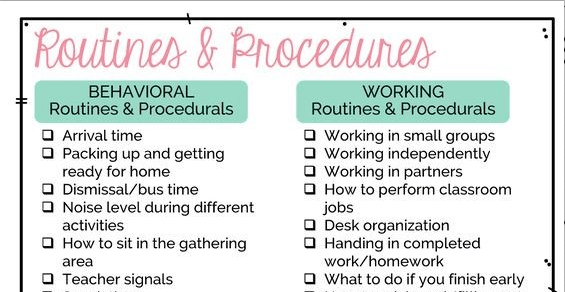
Consider starting with the routines that your students will do most often and those that support student safety.
Routines During COVID-19

This fall, many of us will be going back to brick and mortar teaching and our students will be joining us. This will be an adjustment to say the least, and putting solid routines in place will help everyone feel less anxious and more secure. Some routines from our pre-COVID world will remain the same, but some new, “COVID” routines will be created to ensure that all students are following current safety guidelines to the best of their abilities. Some examples might include lining up at a safe social distance, cleaning up after centers or work time by putting used materials in a “dirty” bin, or students sanitizing their hands before checking individualized schedules and transitioning to a new area.
Planning for New Routines
When thinking about creating new “COVID” routines, start by asking these questions:
- What are the pre-COVID routines that will remain the same?
- Are there existing routines that need to be adjusted for safety?
- Are there new routines that I need to add?
- Who will be implementing the routines? (Teacher, paraprofessionals, and related service providers?)
- How will the routines be taught? (visual supports, prompting, modeling, music?)
- Are there any students in my class that will need modifications to a routine because of their disabilities? (For example, a student with Autism is working on tolerating the sensation of having wet hands and becomes very anxious when asked to wash his hands.)
- Are there alternatives for those students that can get them closer to the safety guidelines?
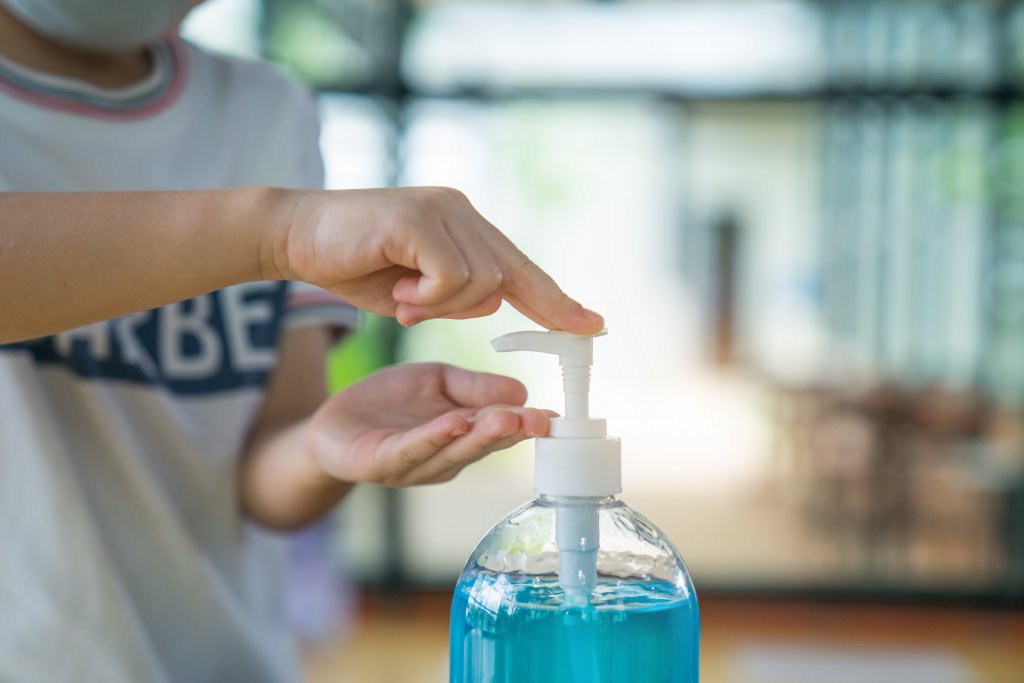
(The student above CAN tolerate hand sanitizer, which supports hygeine safety, and leaves room to continue to work on his sensory/handwashing goal.)
It might be helpful to create a spreadsheet of all of the routines across the day which lists the steps, who will be responsible for implementing, how it will be taught, what kind of supports might be needed, and notes for student specific supports.

Teaching the New Routines
The 4th column above lists how the routines will be taught and supports that might be needed. In the 2nd part of this blog series called, Classroom Set Up During Covid-19: Using Picture Visuals, a section was devoted to using visual supports to teach routines. Links to helpful resources, such as mini-schedules from the Autism Circuit, were provided. Remember, students who have been at home for the past 6 months, students who are coming to school for the first time, young children, and students with language processing or cognitive disabilities ALL benefit from the use of visual supports when learning new routines.
Some students might need additional supports like prompting from an adult (for example, a hand over hand prompt to complete hanging up a backpack). And be sure to reinforce students’ efforts. We might not be doing traditional high fives right now, but we can do “air fives,” or we can give specific verbal praise such as, “You hung up your backpack by yourself today! Way to go!”
You might have a few students who require more intensive instruction around routines beyond the use of universal visual supports and peer models. For example, you’ve been teaching the arrival routine for 2 weeks and one student still isn’t catching on. If this is the case, consider using a task analysis. With a task analysis, a routine is broken down into the smallest teachable steps. After you’ve defined the steps, you can take data on each one as the student moves through the routine.
Once you know where the break down is, you’ll be able to determine which specific steps the student needs to learn. For more information about the evidence-based practice of Task Analysis, visit http://txautism.net/ or follow this link to the Evidence-Based Practice FREE webinars under the Online Courses tab.
Time Well Spent
Many times new teachers reach out and are fretting because they feel like they have done nothing but work on routines and procedures for the first few weeks of school. They worry that their students aren’t learning anything and that they’re not doing any “real” teaching. Friends, teaching routines for the first month of school is time well spent and your students ARE learning. It is only when students learn how school “works” that they’ll be able to engage in all of those wonderfully designed lessons in a meaningful way. Furthermore, when students feel like they have some mastery over their environment, they feel more confident and less anxious. Those feelings are more important than ever for all of us right now.
Stay safe, stay strong, and stay well, friends!
Resources
http://www.txautism.net/courses
http://autismcircuit.net/tool/mini-schedule
Jennifer Russell is an education specialist for the Early Childhood Special Education team here at the Education Service Center Region 13.



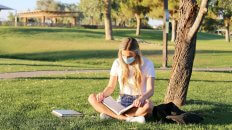
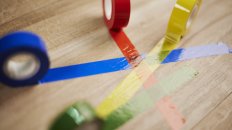
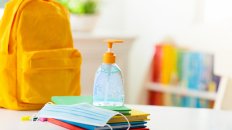
Add comment